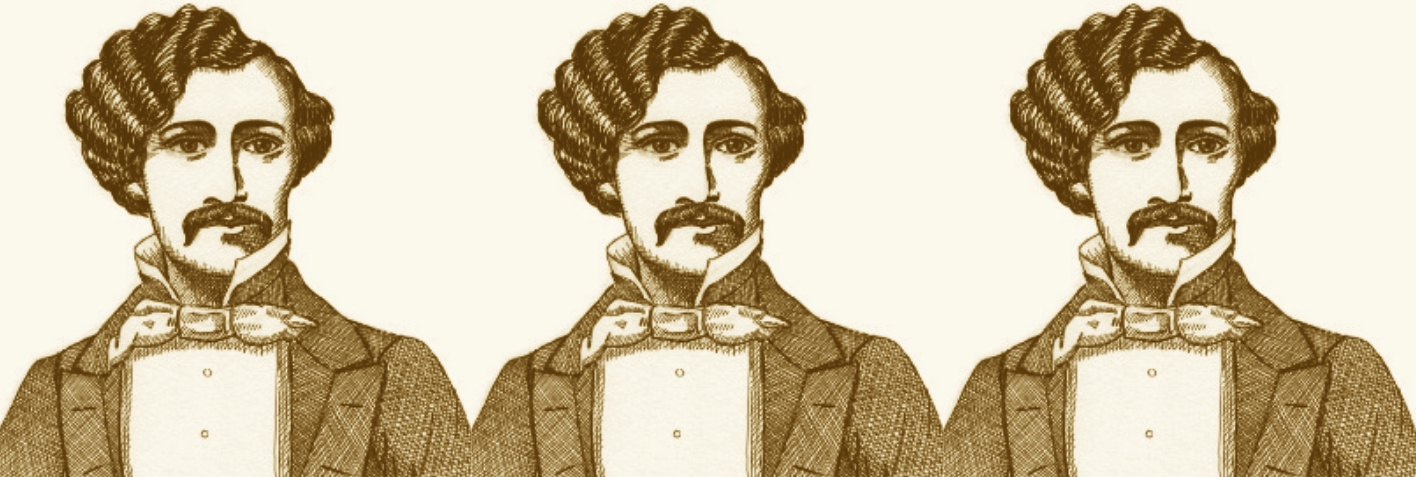Hi Christopher,
Now let's tweak a bit more, switching from Benedict to Charles Stewart.
Christopher de Hamel
". In 1859 a strange little book appeared by one Charles Stewart,
A Biographical Memoir of Constantine Simonides, Dr. ph., of Stageira, with a Brief Defence of the Authenticity of His Manuscripts, published in London, printed in Brighton. The author is not clearly identifiable and the name was probably fictitious, but it may not be coincidence that it is a homonym of the Young Pretender and shares the initials of Constantine Simonides."
Charles Stewart is clearly identified through a variety of sources.
Elliott does point out that we can not be sure of the letters from Simonides to Stewart, since they only appeared in 1863, and Elliott also quotes some skepticism from Tregelles on p. 176.
The most important Recently we found that he was most certainly a scientist in London, who wrote for the Microscopial Journal and later was present of the Microscopial Society (remember some Simonides works were subject to microscope examinations). And Stewart corresponded on Simonides with another scientist, Henry Deane, 1847-1824 (who also corresponded with Hodgkin). Those letters are in Australia waiting for an adverturess Aussie to go to the State Library of Victoria.
==============================
Journal of Sacred Literature (1863)
John Eliot Hodgkin
https://books.google.com/books?id=gnstAAAAYAAJ&pg=PA483
“It is now just three years since Simonides first committed to writing in England (in a letter to Mr. Charles Stewart, dated 4th (16th) January, 1860) his version of the history of the Codex Sinaiticus."
Eliot p. 39-40
More on p. 45 46 55
p. 175-176
==============================
Elliott p. 46 has from John Eliot Hodgkin
"This was written by Simonides at the time to Mr. C. Stewart. And the letter, which contains (besides the passage quoted) also the account of the writing the pseudo Sinaitic Codex, is still in Mr. Stewart's possesion. And his receipt of it was acknowledged in a letter to Simonides, which the latter still preserves."
Also in the letter purporting to have been sent to Stewart in 1860 (but not released until The Guardian published it on 26th August, 1863) the following postscript occurs:
==============================
Scrivener
"This copy has been in the possession of Mr Steuart of Brighton (now 41 Great Percy Street Pentonville) for nine years."
Literary Churchman, March 12, 1864, "The Sinaitic Manuscript". Much of this (not the first section) is by John Elliot Hodgkin (1829-1912).
==============================
Recently we found that he was most certainly a scientist in London, who wrote for the Microscopial Journal and later was present of the Microscopial Society (remember some Simonides works were subject to microscope examinations). And Stewart corresponded on Simonides with another scientist, Henry Deane, 1847-1824 (who also corresponded with Hodgkin). Those letters are in Australia waiting for an adverturess Aussie to go to the State Library of Victoria.
===============================
Chris Pinto
https://shop.worldviewweekend.com/n...cus-asking-questions-does-not-make-conspiracy
In a letter written to his friend, Charles Stewart in 1860, Simonides described the manuscripts that were chosen by Benedict as the textual basis for the codex:
“… the learned Benedict taking in his hands a copy of the Moscow edition of the Old and New Testament … collated it … with three only of the ancient copies, which he had long before annotated and corrected for another purpose and cleared their text by this collation from remarkable clerical errors, and again collated them with the edition of the
Codex Alexandrinus, printed with uncial letters, and still further with another very old Syriac Codex …”
(Letter of C. Simonides to Mr. Charles Stewart, as published in the Guardian, August 26, 1863, see Elliott, pp. 54-56*)
===============================
| 1863 Cont. |
March 11 - Hodgkin quoted Simonides' letter to Stewart about his messed-up dates;
March 16 - Simonides wrote about the Stewart family there in London; |
1862 February 1 - Charles Stewart wrote of Simonides’ manuscript collection;

 www.facebook.com
www.facebook.com

 www.facebook.com
www.facebook.com

